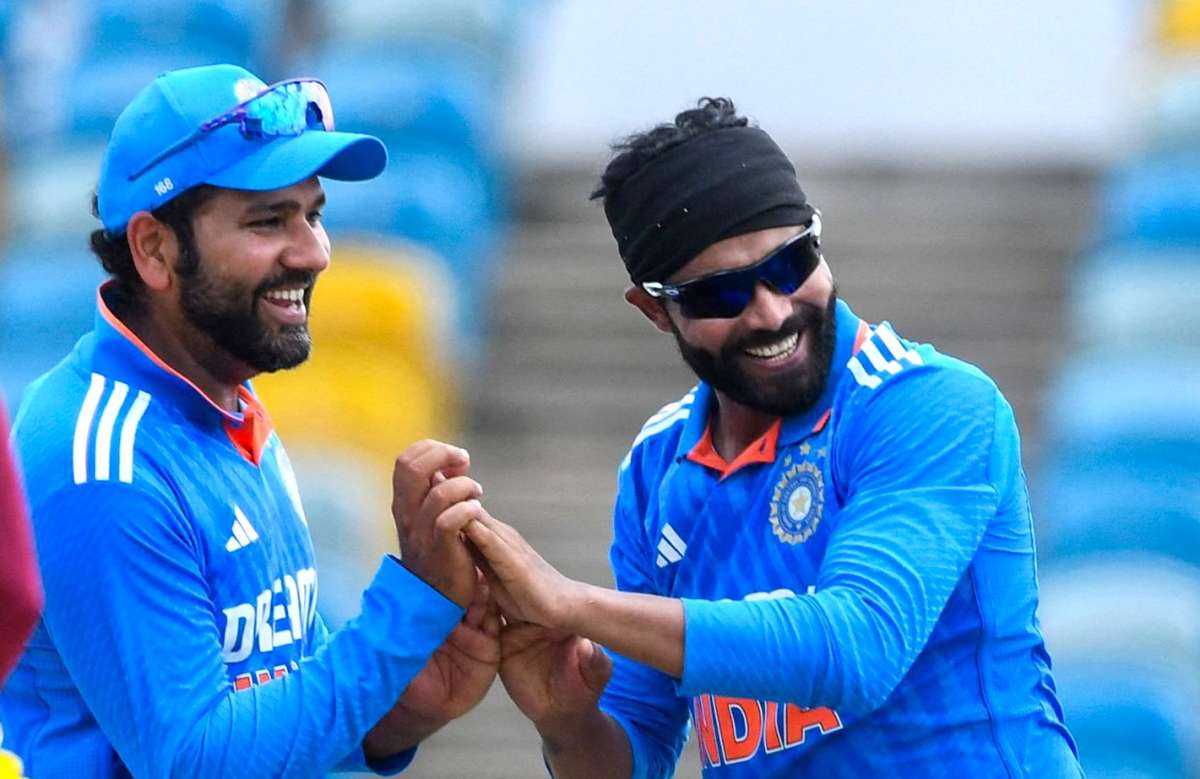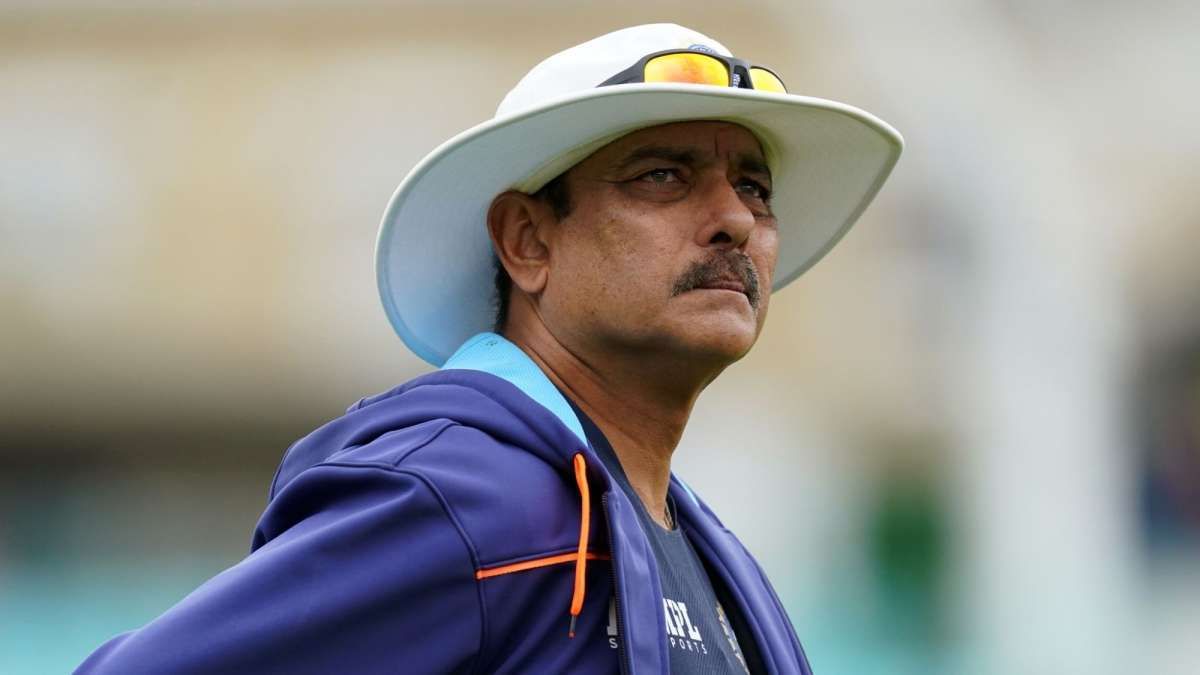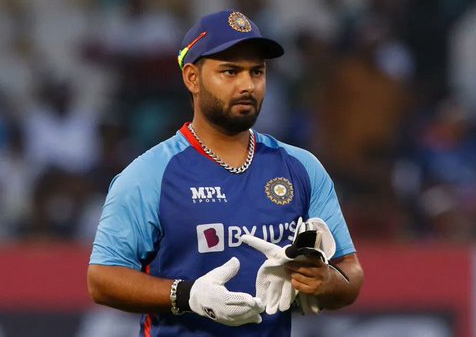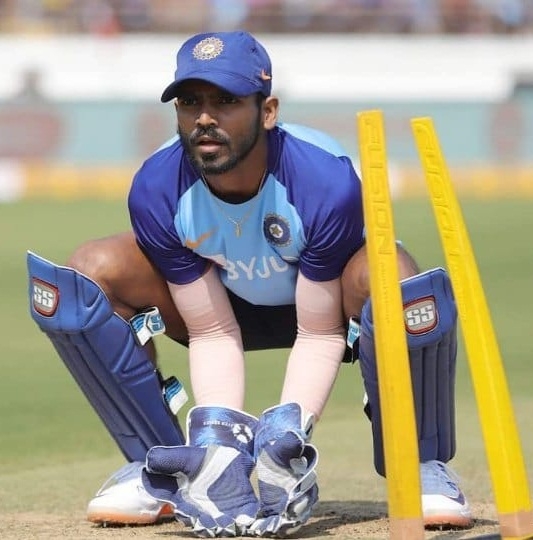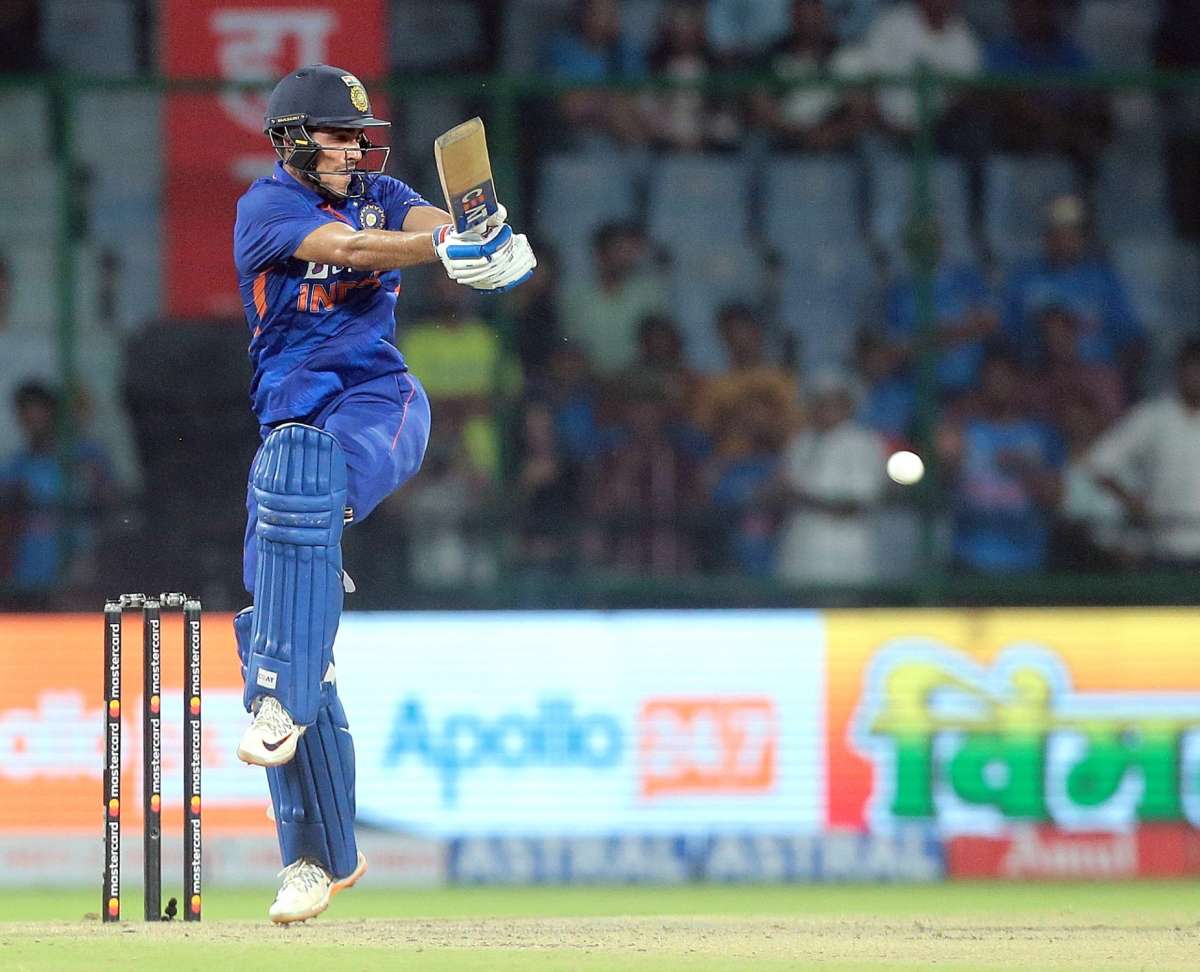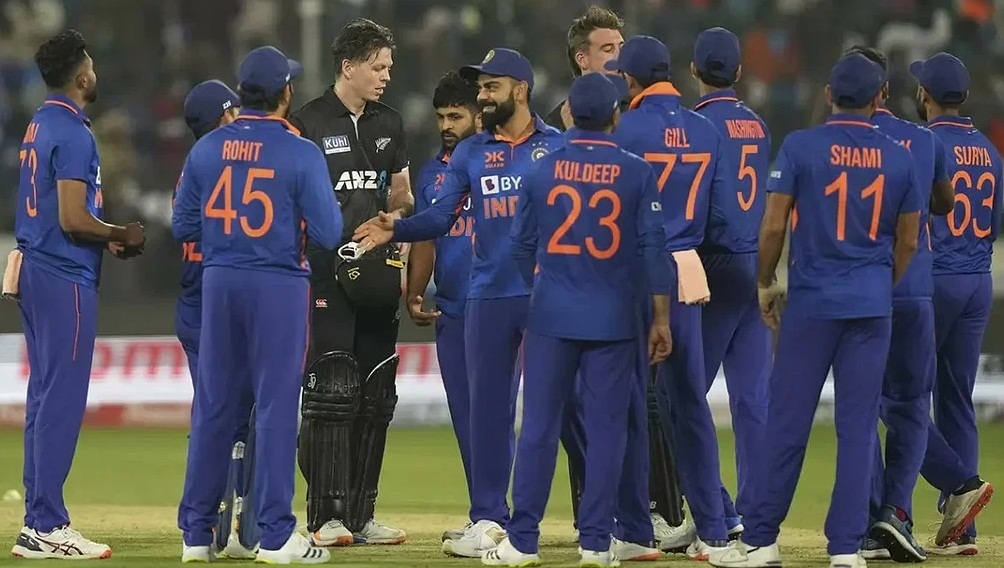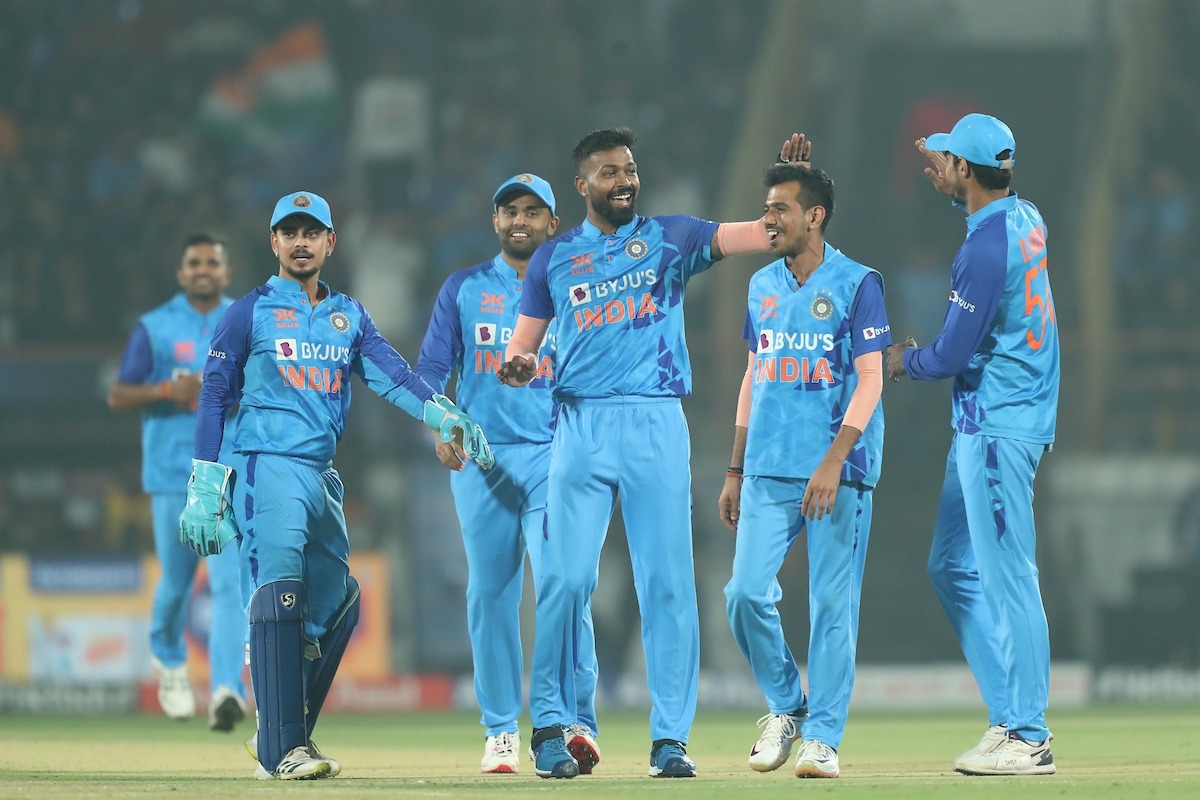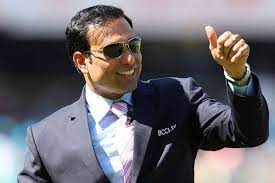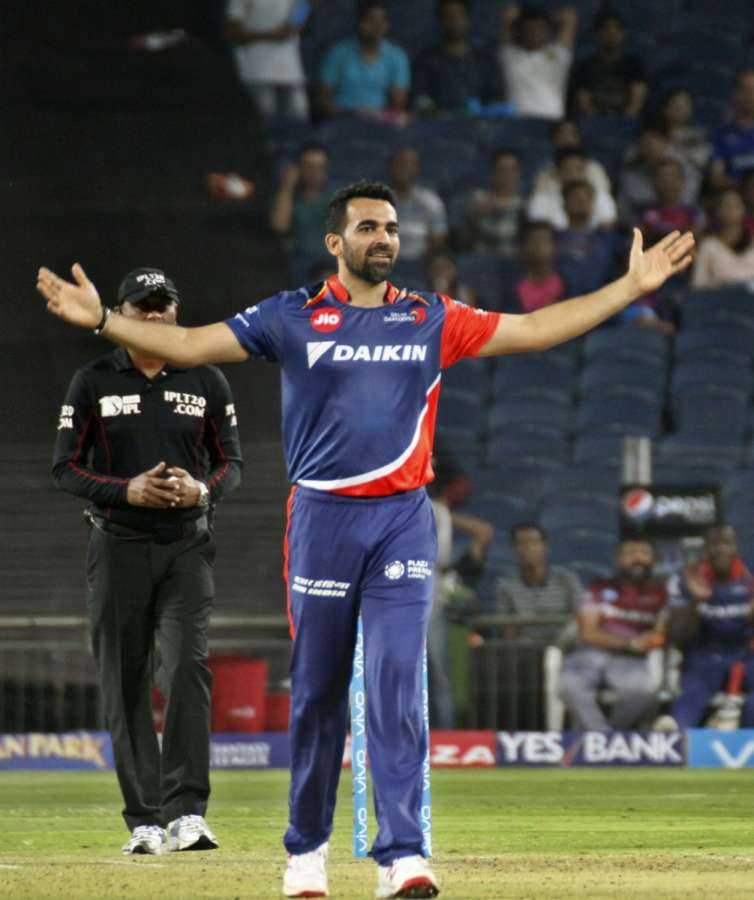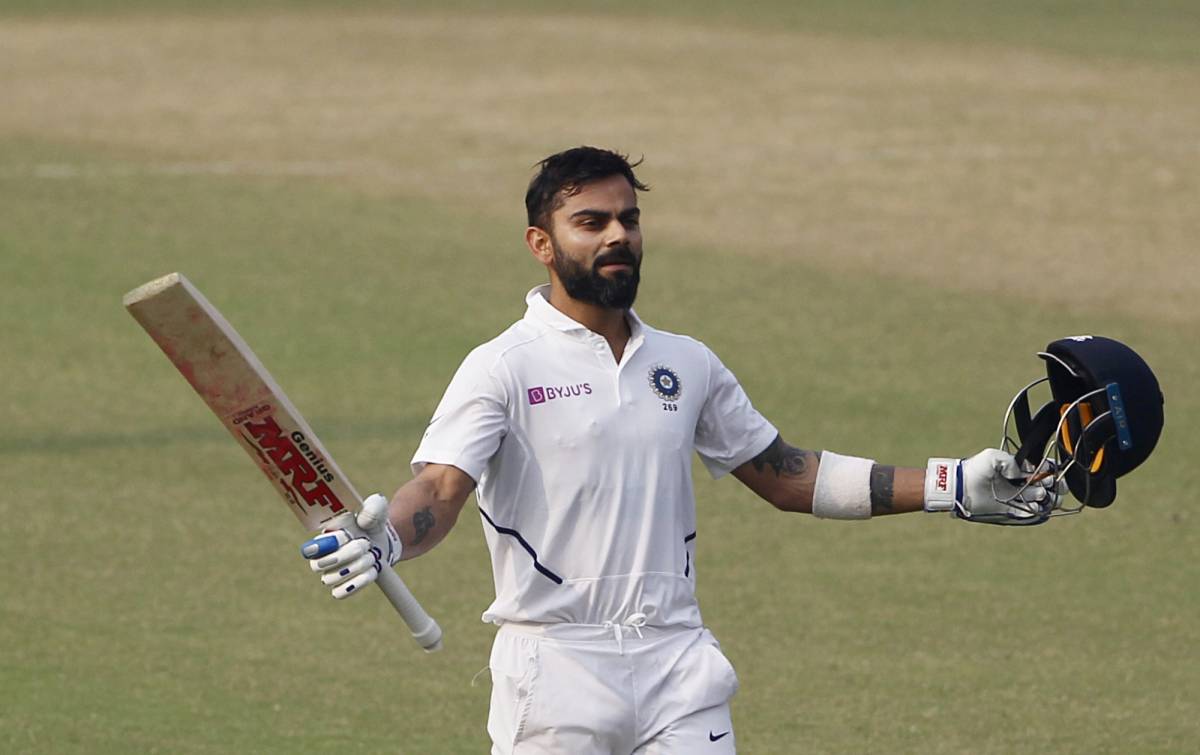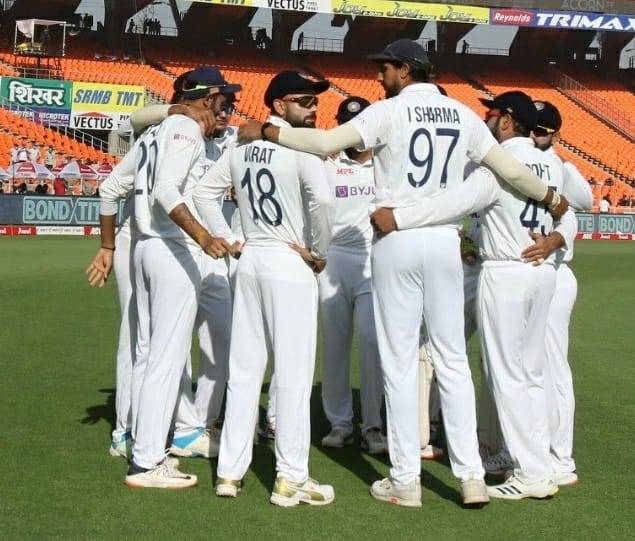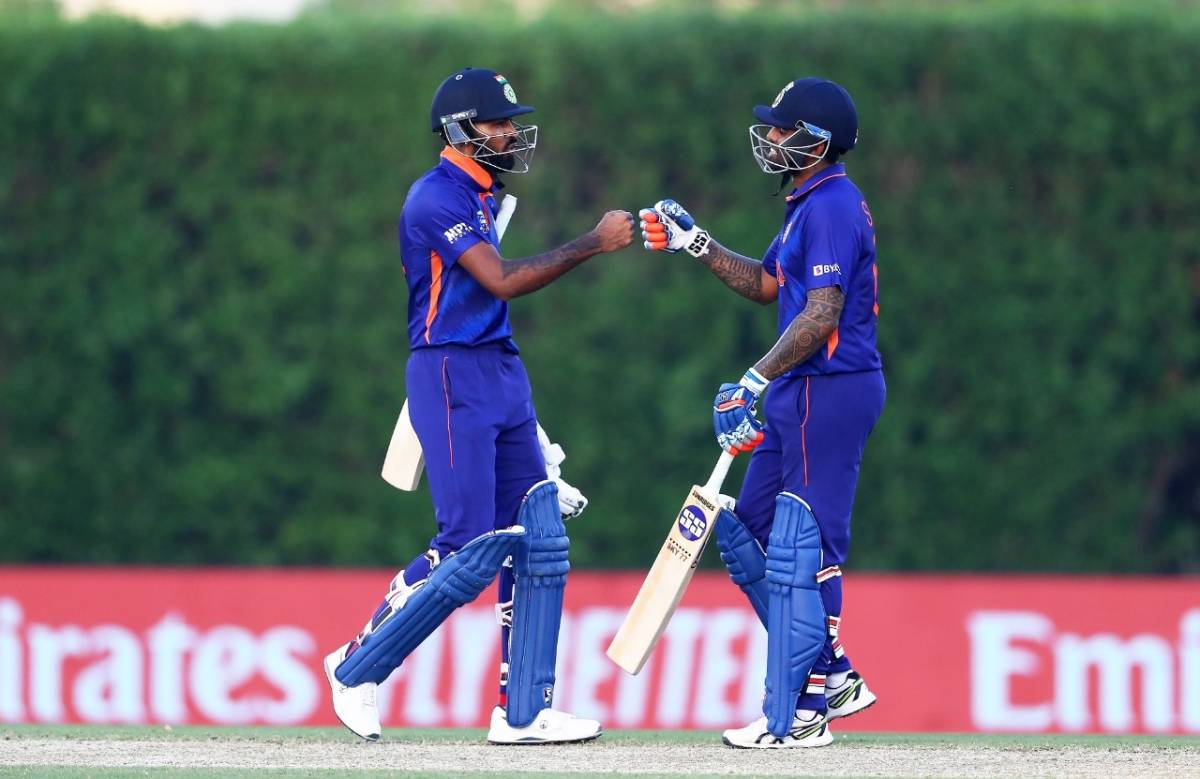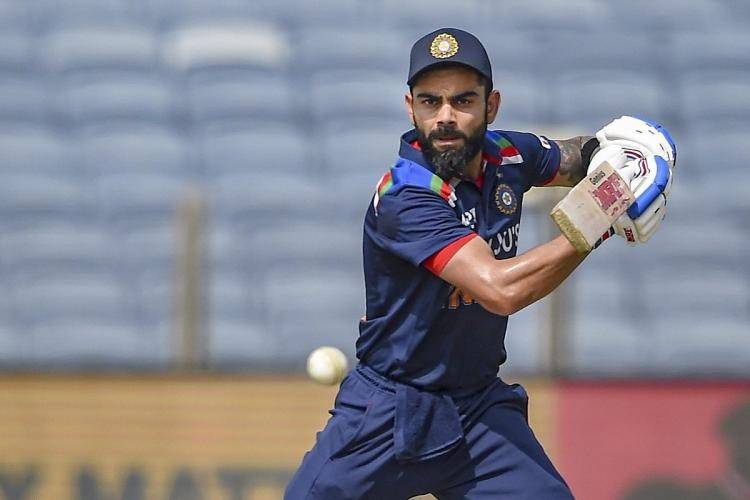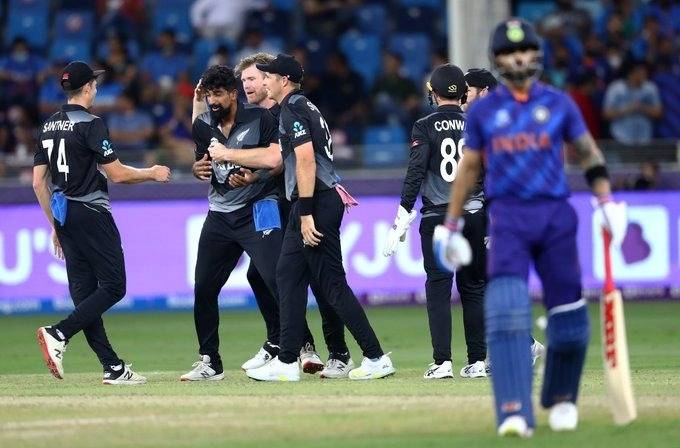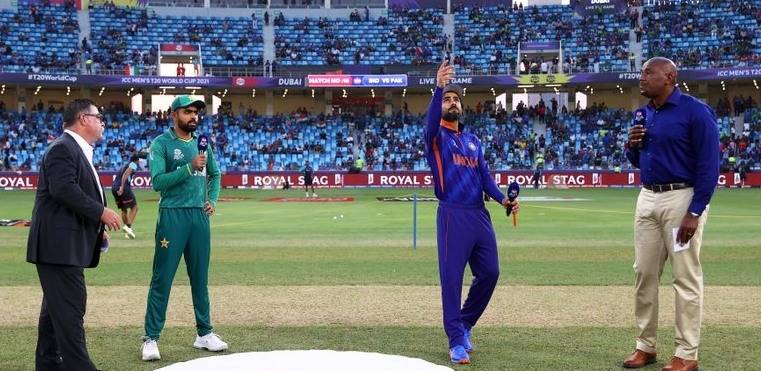The national selection committee led by Ajit Agarkar will be forced to work around quite a bit to zero in on the Asia Cup squad that will also be the nucleus of the World Cup team… Shrikant Bhagvatula
With the recent experimentation by the team management with the Indian playing XI giving mixed results, the senior national cricket selectors will be in a fix when they sit down to finalise the squad for the Asia Cup 2023 and the Asian Games which follow it, which will be important stops on the journey to the ODI World Cup to be held later in the year.
The ICC ODI World Cup in October-November in India follows on the heels of the Asia Cup 2023, which will be held from August 30 to September 17 in Pakistan and Sri Lanka, and the Asian Games in Hangzhou from September 23-October 8. It is apparent that the selectors will be left with little time to settle on their World Cup squad.
Thus the Indian squad for the Asia Cup will virtually be the one that would also represent the country in the World Cup — barring minor tweaks due to injuries, as the Board of Control For Cricket in India (BCCI) has already named a different squad for the Asian Games.
The squads, by name, for the World Cup are to be submitted by September 5 and thus the selectors will have to firm up the squad a few days after the start of the Asia Cup, preventing the team management from conducting any more late experiments.
With injuries to key players in the last few months throwing a spanner or two in firming up the team for the World Cup, the Asia Cup will provide the players returning from injuries some game time and a chance to get match-fit.
Thus the national selection committee led by Ajit Agarkar will be forced to work around quite a bit to zero in on the Asia Cup squad that will also be the nucleus of the World Cup team.
The team has got a boost thanks to the return from injury by pace spearhead Jasprit Bumrah and Prasidh Krishna, both of whom have been picked in the squad for the T20Is against Ireland. Bumrah is set to make a comeback to international cricket after being out since September last year because of a back injury and subsequent surgery while Prasidh Krishna too has been out since last year because of a stress fracture in the back.
Bumrah has been named India’s captain for the three-match T20I series against Ireland, which will be played in Malahide on August 18, 20 and 23. If Bumrah passes the Ireland fitness test, he will spearhead the Indian attack in the Asia Cup and try to get into top gear for the World Cup.
Prasidh has also done well with the ODI squad before the injury and a successful return against Ireland will further bolster the bowling department, which looks strong with several options available to the selectors.
With Mohammed Siraj virtually assured of his place in the squad and Bumrah back, the selectors will choose between Prasidh Krishna, Shardul Thakur, Mukesh Kumar and Jaydev Unadkat for the third pacer, unless they are confident Hardik Pandya will be able to bowl his full quota of 10 overs in all matches.

The major areas of concern for the team management and selectors in recent times have been the wicketkeeper-batter and middle-order. The main question that the selectors are facing is regarding wicketkeeper-batter K.L Rahul, who is expected to be fit for the Asia Cup. A few weeks back, the BCCI informed in a release that he has started batting.
Ever since Rishabh Pant suffered an accident and KL Rahul got injured, India have tried various options for wicketkeeper batter, giving opportunities to Ishan Kishan and Sanju Samson. Kishan has been the preferred choice and has got more opportunities and has done quite well, especially in ODIs, hitting a majestic double century (210) against Bangladesh in the third ODI at Chattogram in December last year. He struck half-centuries in all three ODIs against the West Indies in the series that ended last week.
Kishan’s success with the bat has been as the opener, which is also his preferred slot. With Rohit Sharma and Shubman Gill slotted in as openers and Virat Kohli at No.3, Kishan has to be accommodated in the middle order. If Rahul gets fully fit, he will definitely get picked for the Asia Cup as it gives him a chance to play some matches before the World Cup.
In case Rahul is not fully fit, Ishan Kishan gets the nod ahead of Sanju Samson, who has also done reasonably well in the opportunities he has got and scored a half-century in the third ODI against the West Indies a few days back. But, just like K.L Rahul, Ishan Kishan, the Bihar and Mumbai Indians batter, can be a backup opener in case of need.
The other major area of concern for the team management is the middle-order batting. In the absence of Shreyas Iyer, the team management has tried Suryakumar Yadav for the main batter in the middle order but the experiment has not yielded the expected results. Yadav, known for his 360-degree batting in T20 cricket, has not been able to bring that expertise to the 50-overs game.
With Shreyas Iyer still doubtful for the Asia Cup, the selectors might have to give one last opportunity to Surya. But that does not leave them in a good spot because if SKY fails to make the most of those opportunities, it will leave the selectors in a hard place in case Shreyas Iyer is not available for the World Cup.
Hardik Pandya as the medium-pacer all-rounder and Ravindra Jadeja as the spinner-allrounder are virtually assured of their spots in the line-up but there are still concerns about whether Hardik will be able to bowl all 10 overs in all the matches in the Asia Cup and the World Cup?
With Jadeja getting picked as the spinner-allrounder, that leaves only one slot for a spinner in the playing XI, unless match conditions demand picking three spinners in the XI. The team management will have to choose between Kuldeep Yadav, Yuzvendra Chahal and Axar Patel, a like-for-like replacement for Ravindra Jadeja because of his better batting.
Whatever combinations the selectors work out for the Asia Cup, they will have their fingers crossed as the major experiments in recent times have not worked wonders and thus leaves the team management with issues to resolve. Though the return of K.L. Rahul and Shreyas Iyer solves many issues, the tricky question is whether they would be able to perform at their best soon after returning from a layoff. Only time will answer this conundrum.

